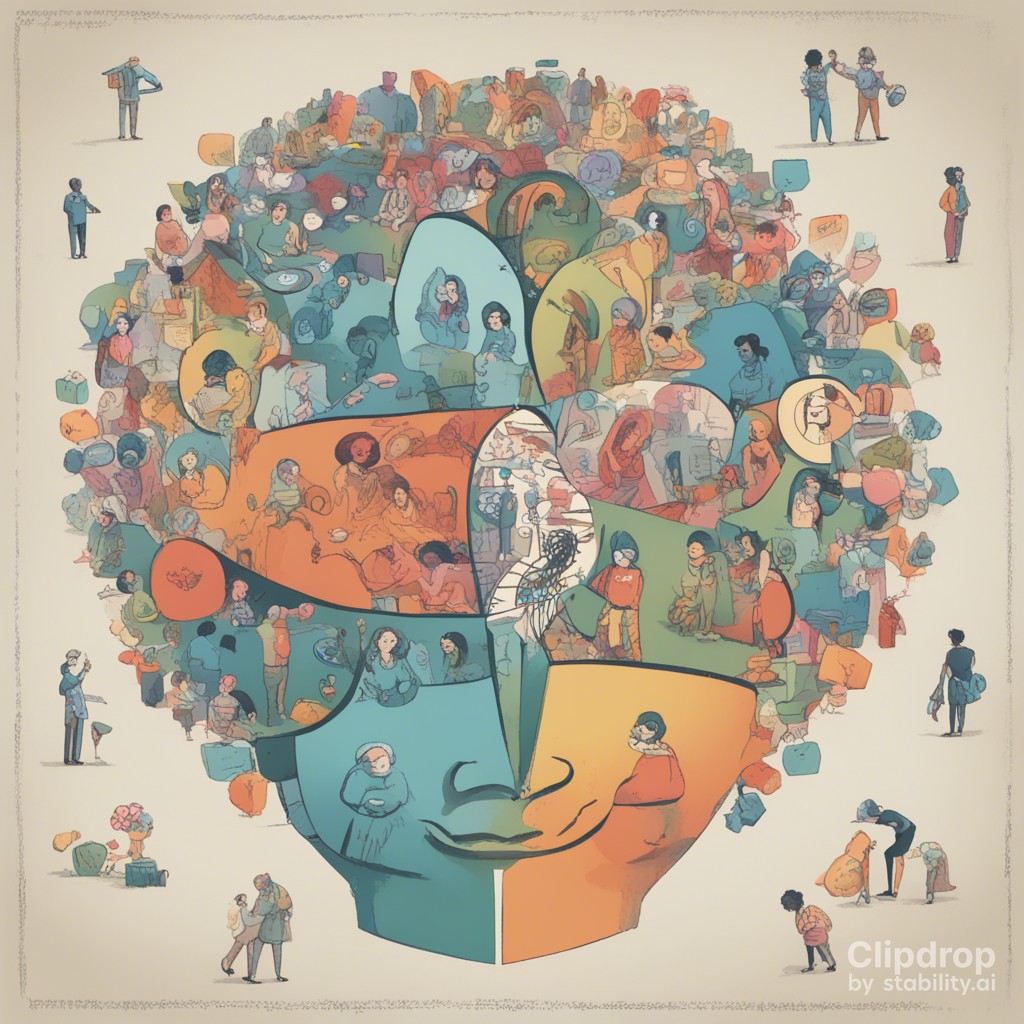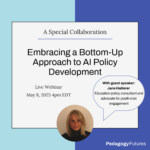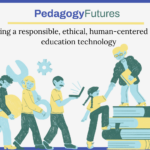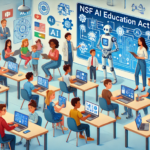As artificial intelligence advances in education, we must ensure that innovation aligns with the fundamental human values that algorithms can’t replace.
Introduction
The possibilities of AI in the classroom are promising. However, to harness AI’s potential without compromising our educational values, we must tread carefully and deliberately.
The key lies in aligning these powerful technologies with core educational values. AI holds tremendous potential to enhance learning experiences and outcomes. Adaptive tutoring, automated feedback, and data-driven insights could make classrooms more engaging, equitable and effective. But to avoid misguided applications, we must proactively shape AI tools to augment, not replace, the teacher-student relationship.
1. Clarify the Role of AI: Defining Educational Values
Merely introducing AI into schools won’t magically enhance learning outcomes. We must precisely define how AI can address the unique needs of teachers and students before its deployment. This stops us from thinking it can do more than it actually can and giving it too much power.
AI excels at routine tasks like grading multiple-choice tests and monitoring student well-being indicators. Yet, it can’t replace the human touch required for nurturing creativity, critical thinking, and character growth. Nor does it have the intuition necessary for the very important “small things” that happen in-person, like picking up on subtle cues that a student might need a referral to the school psychologist. Therefore, educators should leverage AI’s efficiency without sacrificing education’s humanistic essence.
Reflecting on Educational Values
Before considering the integration of AI, teachers should take the time to contemplate their core educational values and priorities. What do they believe is most important in the learning process? What values do they want to preserve as technology becomes more prominent in education?
To help with this reflection, teachers can:
- Identify the educational values that resonate with them the most, such as fostering creativity, critical thinking, empathy, or inclusivity. Teachers can start by examining the school’s core values. They can also consider their own personal and pedagogical values.
- Consider the specific challenges they face in the classroom and how AI might align with or enhance these values.
- Create a wish list of pain points AI could potentially help address, keeping their values at the forefront.
This reflective exercise clarifies educators’ needs and priorities, allowing them to approach AI integration with a more informed perspective.
Now What?
- Educators should proactively articulate their priorities, values and concerns regarding AI to prevent misaligned applications. They could create a wish list of pain points AI could potentially help address. This clarifies needs before considering solutions. If they see that a tool does not align with their values, then it’s time to use another tool.
- AI developers can conduct workshops with educators to map specific AI capabilities to real teaching challenges while keeping these educational values in mind.
- AI developers must solicit ongoing educator feedback, not impose solutions, to ensure that AI aligns with these values throughout its development and implementation.
2. Prioritize Transparency
Building trust in AI requires understanding how it operates, but its complexity can make complete transparency challenging. Where possible, we should open the “black box” to reveal evaluation methods, enhancing user confidence. Rigorous audits can verify system fairness when complete transparency isn’t feasible.
For instance, AI essay scoring tools can now provide students with insights into which traits earned their grades, offering a more meaningful learning experience beyond a mere score.
Ongoing monitoring ensures fairness as AI systems evolve with new data. The combination of transparency, auditing, and oversight is essential for promoting ethical AI.
Now What?
- Administrators should request details on scoring mechanisms, data sources, and monitoring procedures before adopting AI tools. If this is not possible, at the very least, be aware of the inherent biases in AI and training data, so that teachers can override scoring with their own judgment.
- Developers must engineer fairness from the start and enable third party auditing. Without giving away trade secrets, it would be helpful if developers could create a fact sheet for each AI tool explaining its development, training data sources, and potential limitations in plain language.
3. Keep Students in Control
While AI tutors cater to individual needs, students should never feel dominated by technology. Providing user features that enable control over data collection, opting out of monitoring, or selecting different virtual teachers preserves learner agency and dignity.
Educators should oversee AI as an enhancement, not an authority dictating the learning path. The student-technology relationship should empower, not diminish, the human learner.
Now What?
- Students should have options to customize or opt out of AI tools that feel invasive or overly prescriptive. Settings and controls should be prominent, simple and easy to use.
- Educators must conduct regular check-ins with students on their experience using AI tools, encouraging open feedback.
- Educators must prevent AI from reducing students to data points, instead using technology insight to enrich human relationships.
4. Move Forward with Thoughtfulness
Change brings both promise and pitfalls. However, by working together to manage AI in education, we can navigate this transformation without undermining our core human values. With careful planning, transparency, and foresight, we can guide this innovation towards ethical and empowering ends.
Now What?
- Ongoing collaboration between developers, researchers, administrators, and educators will shape an ethical AI agenda for the long-term. Quarterly advisory panels can enable this.
- Developing understanding of algorithms and AI across education stakeholders enlightens collective oversight moving forward. Require ethics training for all stakeholders.
AI will increasingly shape education, but it’s essential that human values steer its course. If we remain committed to ethical progress, technology and wisdom can coexist for the betterment of all students.









